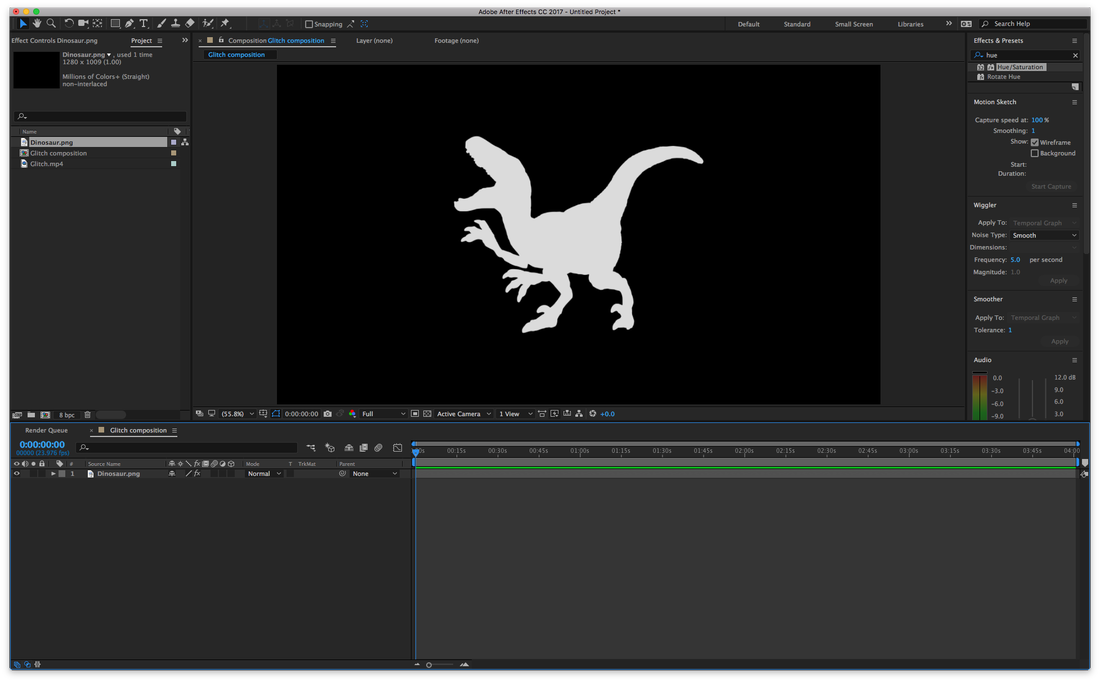

The Keylight (1.2) option is the most used part in the software because it is use for removing and adding any background whether it is from an image or clip. Keying is another important effect preset in After Effects. These were just some options for text and transitions. In Transition- Wipes there are options like Band Wipe, Barn Door, Clock Wipe, Grid Wipe, Iris, Linear, Radial Wipe, Venetian Wipe, etc. Then there is Transition- Movement in which we have options like Card wipe, Slide, Stretch and zoom. The first transition we see is Dissolves within the list we have Block Dissolve- Digital, Block Dissolve- random, Boxes- concentric, Dissolve – blobs, Dissolve – unmelt, Fade- dip to black, Ovals- concentric these are some of the options provided to us. Transitions helps us to jump from one scene to another smoothly and without any pauses. It offers us with many different options like 3D Text, animate in, animate out, Blur, Curves and Spin, Rotation, scale, Tracking and etc.

The Text option provides us with yet another list of effects which are very convenient and time saving while composting or animating a video. Text animation and transitions are the most used effects in After Effects. Keylight is a Plugin for After Effects yes. Be warned when looking at plugins as they are also very expensive, with some costing more than After Effects itself! Keylight 1.2 however is bundled with AE CS4. Keylight alone is much better than PP's chroma key or color key, but AE has a host of other tools that can help you create better mattes as well. I agree with fitch that a suite is the best option. AE is ~$800-1000 alone, but buying the Production Suite for ~$1200-1300 gets you AE, PP, Illustrator, Encore, Soundbooth, Photoshop, Flash.

If you recall our previous discussion, there is a nasty interlaced chroma bug that affects Adobe CS4 (AE included) There are still other tips to keep in mind (I'm assuming you're doing this for web) And most people would get at least Photoshop and PP. Keying is exactly when this becomes especially important, where preserving edge detail is paramount. You'll find yourself choking the matte and losing detail otherwise.Ģ) Don't shoot interlaced, if you do, use a high quality deinterlacer before you key. Interlacing has it's own issues with interlaced chroma (separate from Adobe's bug) and is more difficult to key. The chroma information is streched across 2 luma lines in the same field, this makes it much worse than progressive for keying. Low quality deinterlacers leave "stair steppy" edges and are bad for keying.


 0 kommentar(er)
0 kommentar(er)
